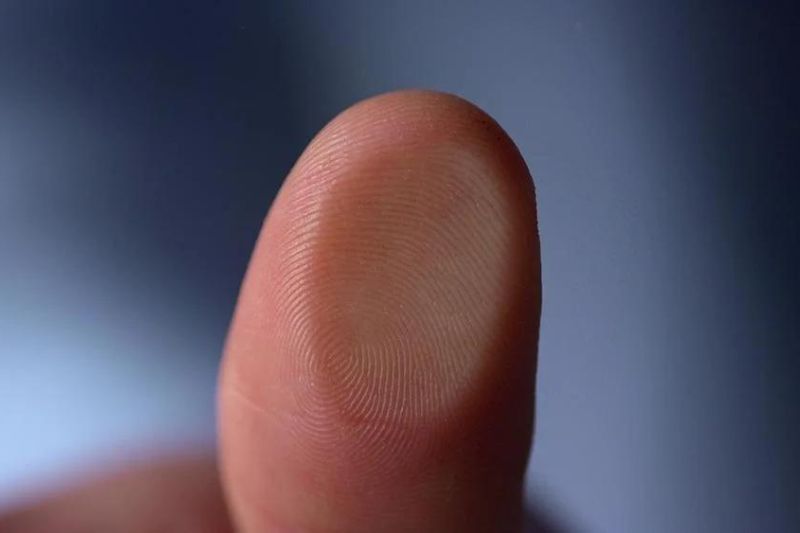Table of Contents
The Age of Resilient Surfaces
In a world where cleanliness and durability are paramount, the quest for surfaces that resist contact, be it from human touch or environmental factors, has gained significant momentum. This journey has led us to the forefront of nanotechnology, where the creation of highly resistant surfaces is not just a possibility but a rapidly evolving reality.
The Magic of Nanotechnology: A Closer Look
Nanotechnology operates at the scale of atoms and molecules, where the manipulation of materials yields extraordinary properties. This is where anti fingerprint coatings come into play. By leveraging the precision of nanotechnology, these coatings provide a robust barrier against smudges, ensuring that surfaces remain pristine and visually appealing.
Material Mastery: Crafting the Ideal Surface
The development of contact-resistant surfaces involves a deep understanding of material science. Researchers focus on creating compounds that are not only resistant to touch but also durable and long-lasting. This involves experimenting with various materials, including polymers, ceramics, and metals, to find the perfect blend that offers maximum resistance and minimal wear.

Applications Beyond the Obvious
The applications of these nano-engineered surfaces extend beyond just keeping our smartphones and tablets clean. They are revolutionizing industries, finding use in medical devices where hygiene is crucial, in automotive interiors for enduring aesthetic appeal, and even in architectural elements where longevity and low maintenance are key.
Environmental and Health Considerations
In the pursuit of crafting these innovative surfaces, there is a conscious effort to ensure that the materials and processes used are environmentally friendly and safe for human health. This involves rigorous testing and adherence to environmental standards, ensuring that the benefits of these surfaces are not overshadowed by ecological or health concerns.
The Role of Aesthetics: More Than Just Function
While the primary focus of these surfaces is functional, aesthetics play a crucial role too. The challenge is to create coatings that not only resist contact but also enhance the visual appeal of the objects they cover. This balance of function and form is crucial in areas like consumer electronics and automotive design, where appearance is nearly as important as functionality.
Innovation in Manufacturing: Scaling Up
One of the biggest challenges in the field of nanotechnology is the scaling up of production. Making these advanced materials and coatings widely available requires innovative manufacturing techniques that are cost-effective and efficient. This is where collaboration between researchers, manufacturers, and industry experts becomes vital to bring these technologies to the mainstream market.
The Future is Contact-Resistant
As we look towards the future, the potential of nano-engineered, contact-resistant surfaces is immense. We’re not just talking about keeping our gadgets clean; we’re envisioning a world where public spaces are more hygienic, where the spread of germs through surfaces is significantly reduced, and where products last longer due to their enhanced durability.
A Touch-Free Tomorrow
The development of surfaces that resist contact is a testament to human ingenuity and the endless possibilities of nanotechnology. As we embrace these advancements, we step into a world where our interaction with the physical environment is redefined – cleaner, safer, and more sustainable. This isn’t just a leap in material science; it’s a stride towards a more resilient and aesthetically pleasing future.








